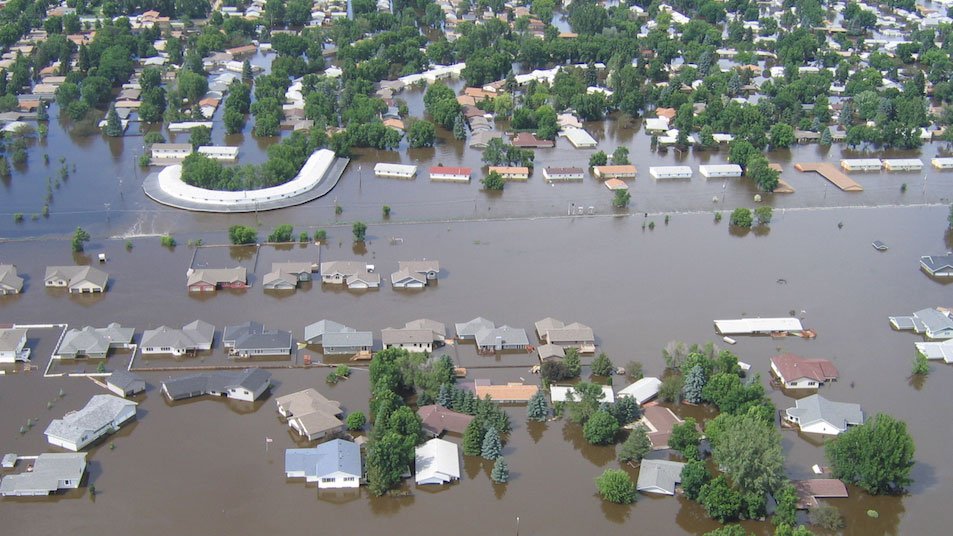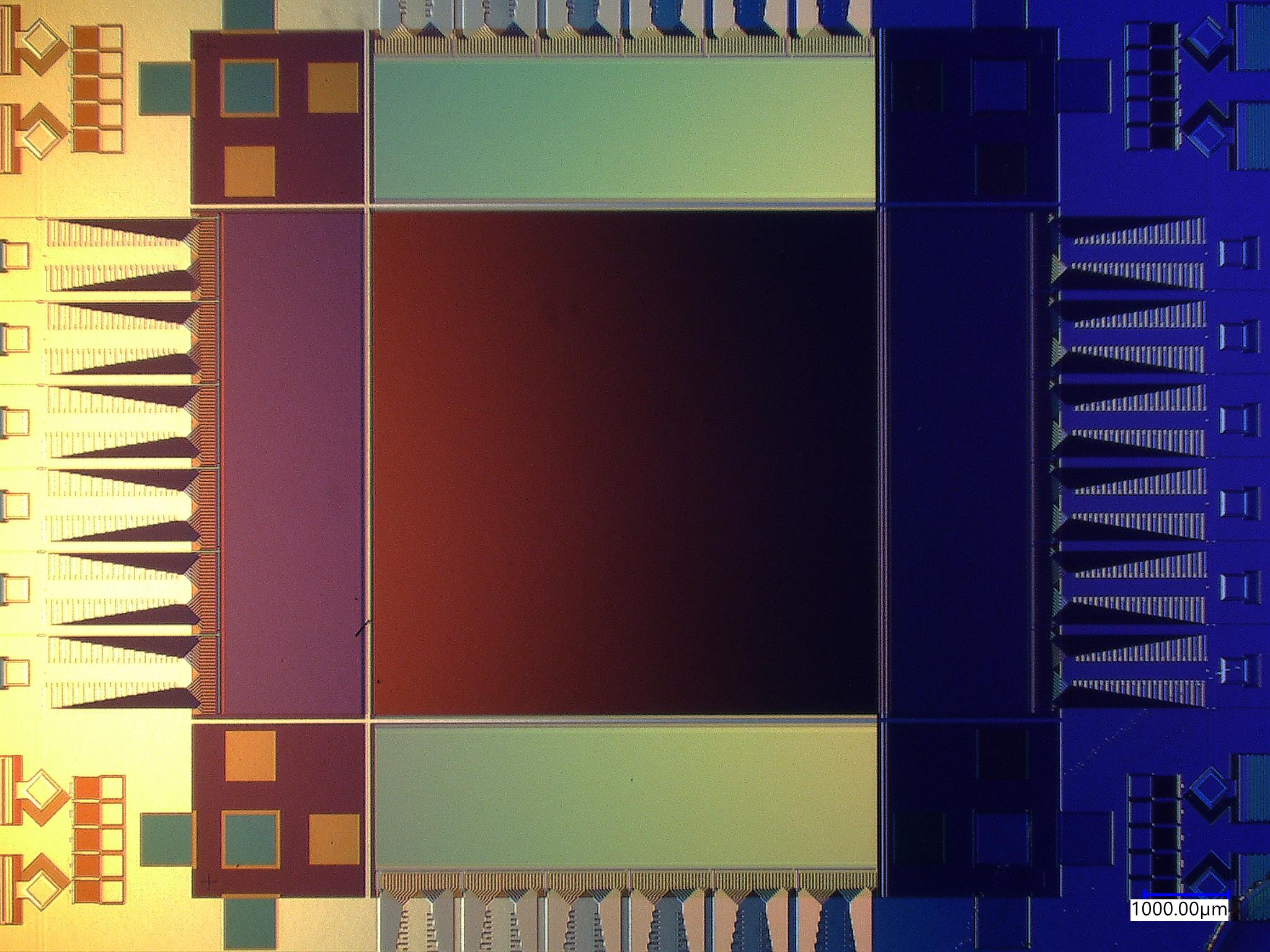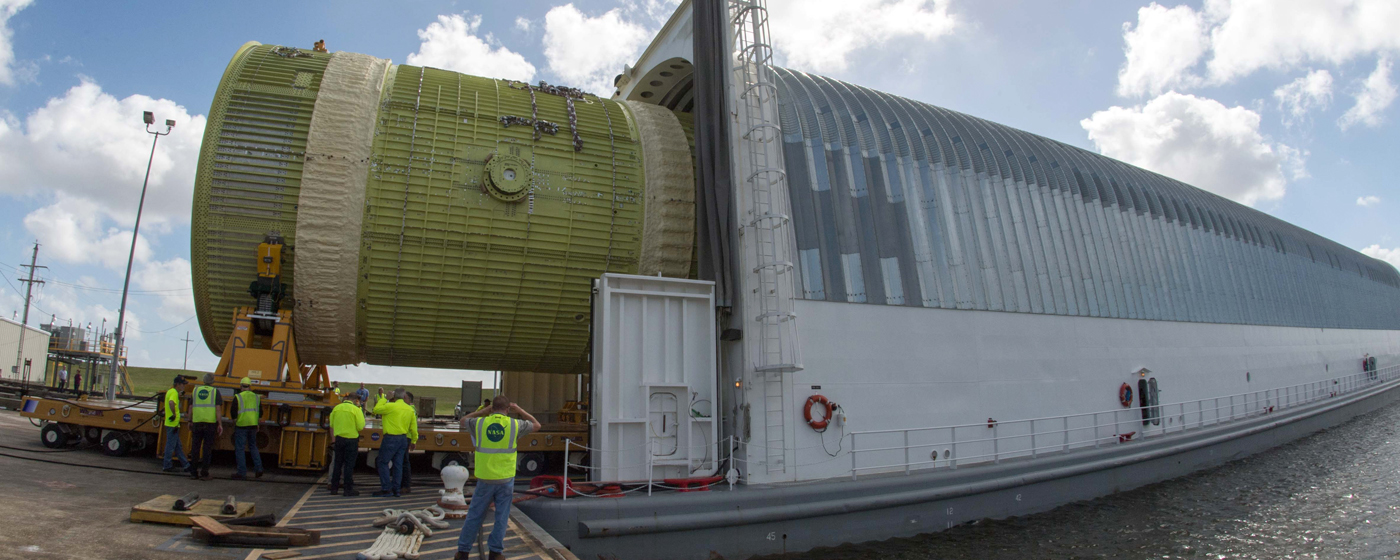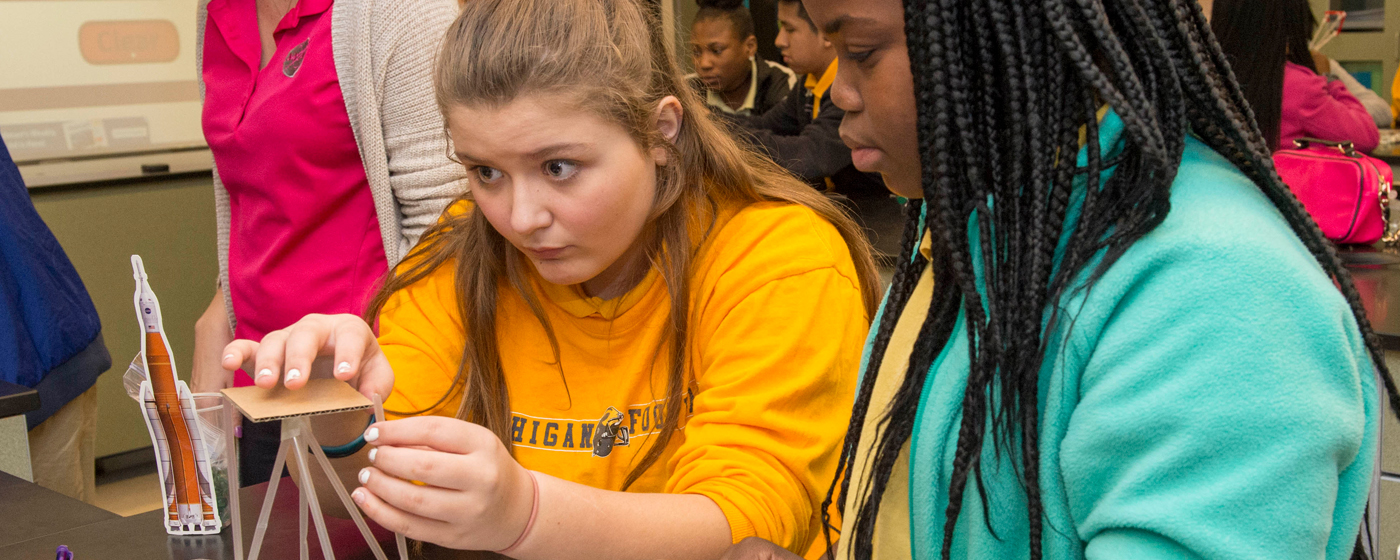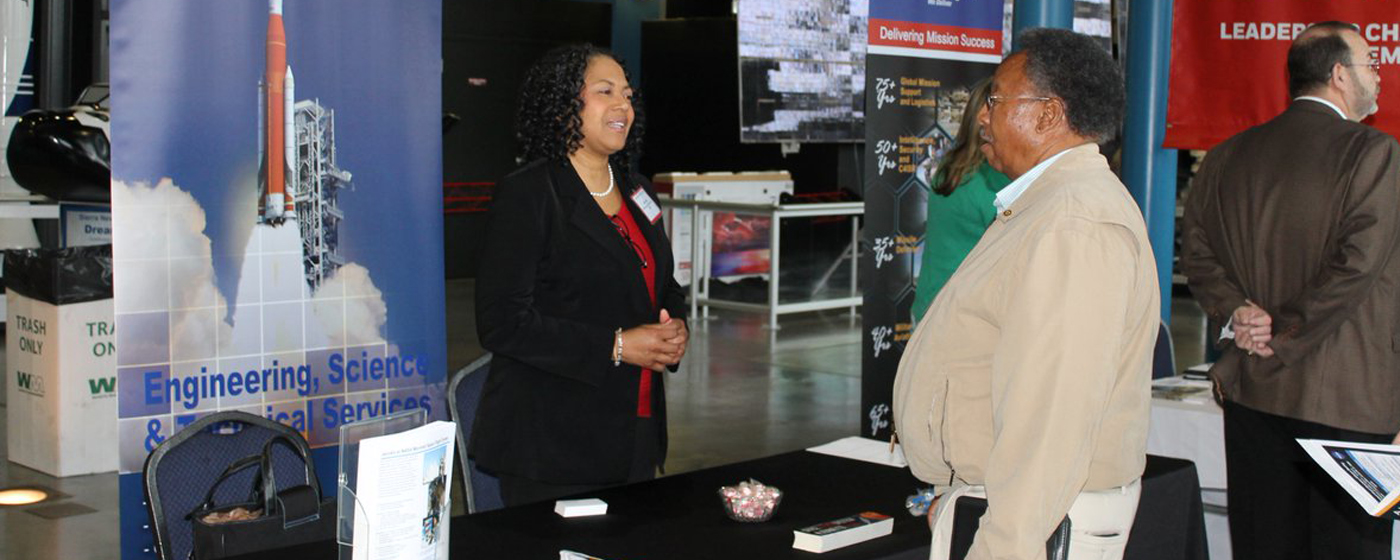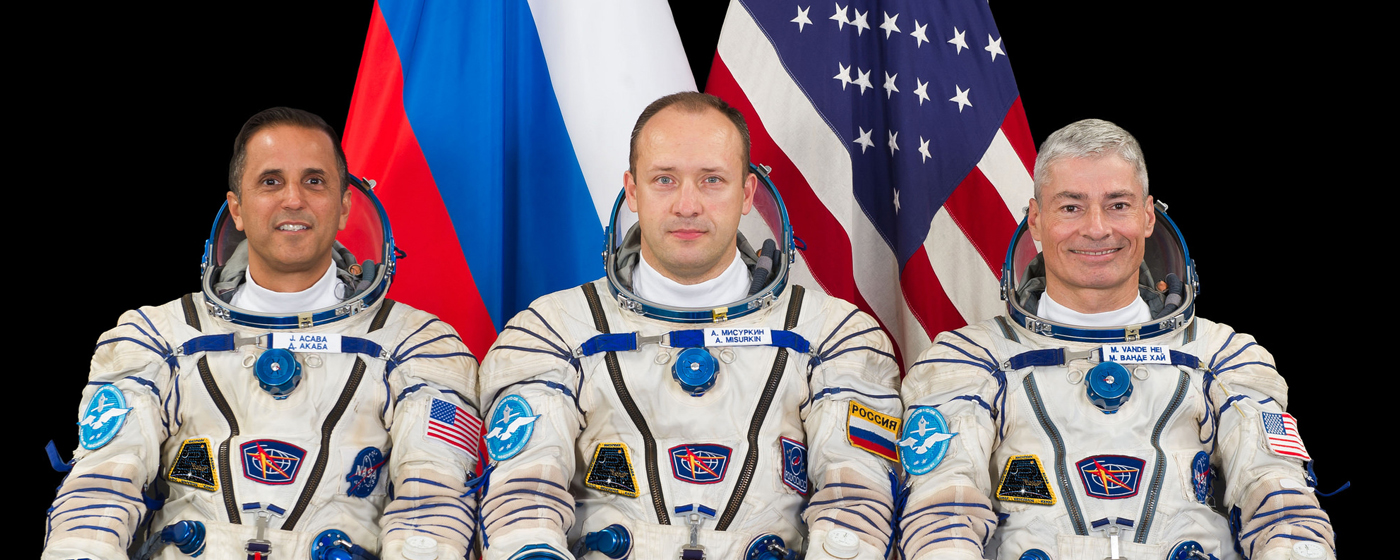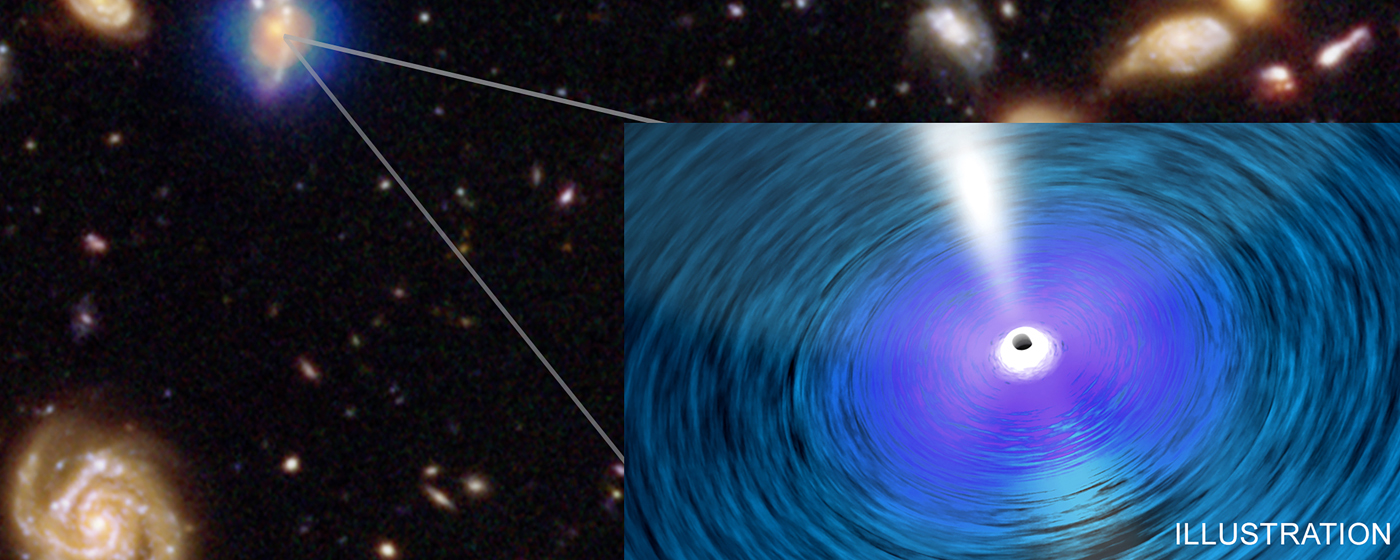Week of February 19 – February 23, 2018
Testing for NASA’s New Deep-space Rocket Continues
This week saw two milestones for NASA’s new heavy-lift rocket, the Space Launch System. At NASA’s Stennis Space Center, operators revved an RS-25 engine up to its highest thrust level ever, and at the Michoud Assembly Facility, the structural test version of the core stage intertank was loaded on NASA’s barge Pegasus for shipment to NASA’s Marshall Space Flight Center for testing.
NASA Marshall Outreach Spans All 67 Alabama Counties
Through student and teacher outreach, small business opportunities, research partnerships and hundreds of speaking engagements, Marshall reached all 67 Alabama counties last year. This week, Marshall officials traveled to the state capital for “NASA Day in Montgomery” to share NASA missions and inspire the next generations of engineers, scientists and explorers.
Marshall Hosts Small Business Alliance Meeting
More than 500 industry representatives attended this week’s Marshall Small Business Alliance Meeting at the U.S. Space & Rocket Center, where officials shared information about working with America’s space agency. For more than a decade, these meetings have aided small businesses in pursuit of NASA procurement and subcontracting opportunities.
International Space Station Crew Landing to Air Live on NASA Television
Three residents of the International Space Station — Mark Vande Hei and Joe Acaba of NASA and Alexander Misurkin of Roscosmos — are scheduled to complete their mission on the oribiting laboratory Feb. 27. Coverage of their departure and return to Earth will air live on NASA Television and NASA.gov.
Supermassive Black Holes Are Outgrowing Their Galaxies
The biggest black holes in the universe are growing faster than the rate of stars being formed in their galaxies, according to two new studies using data from NASA’s Chandra X-ray Observatory and other telescopes. Findings from two independent groups of researchers indicate that the black holes in massive galaxies have grown much faster than in the less massive ones.
For more information or to learn about other happenings at NASA’s Marshall Space Flight Center, visit NASA Marshall. For past issues of the ICYMI newsletter, click here.
NASA Marshall Space Flight Center news releases and other information are available automatically by sending an e-mail message with the subject line subscribe to msfc-request@newsletters.nasa.gov.
To unsubscribe, send an e-mail message with the subject line unsubscribe to msfc-request@newsletters.nasa.gov.




